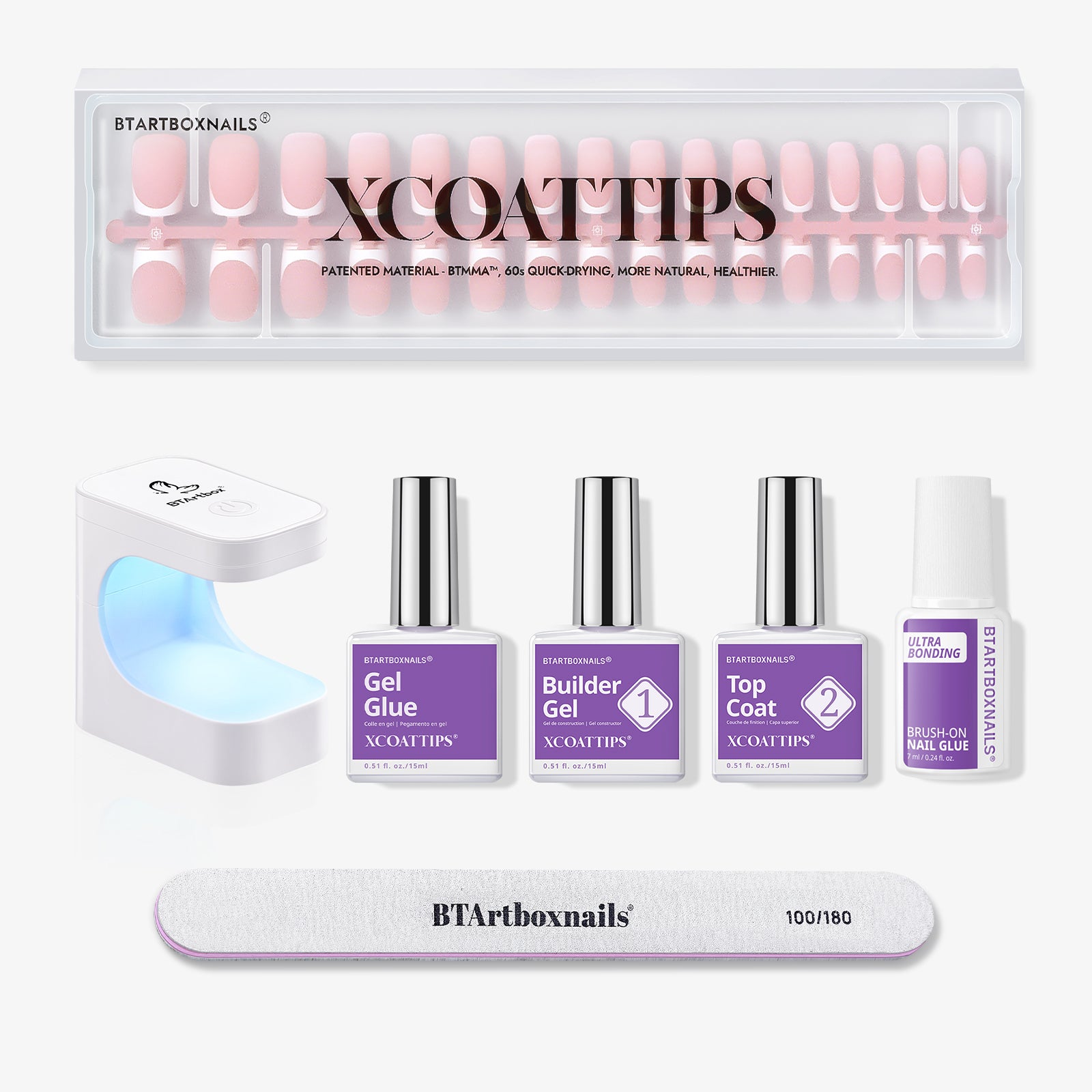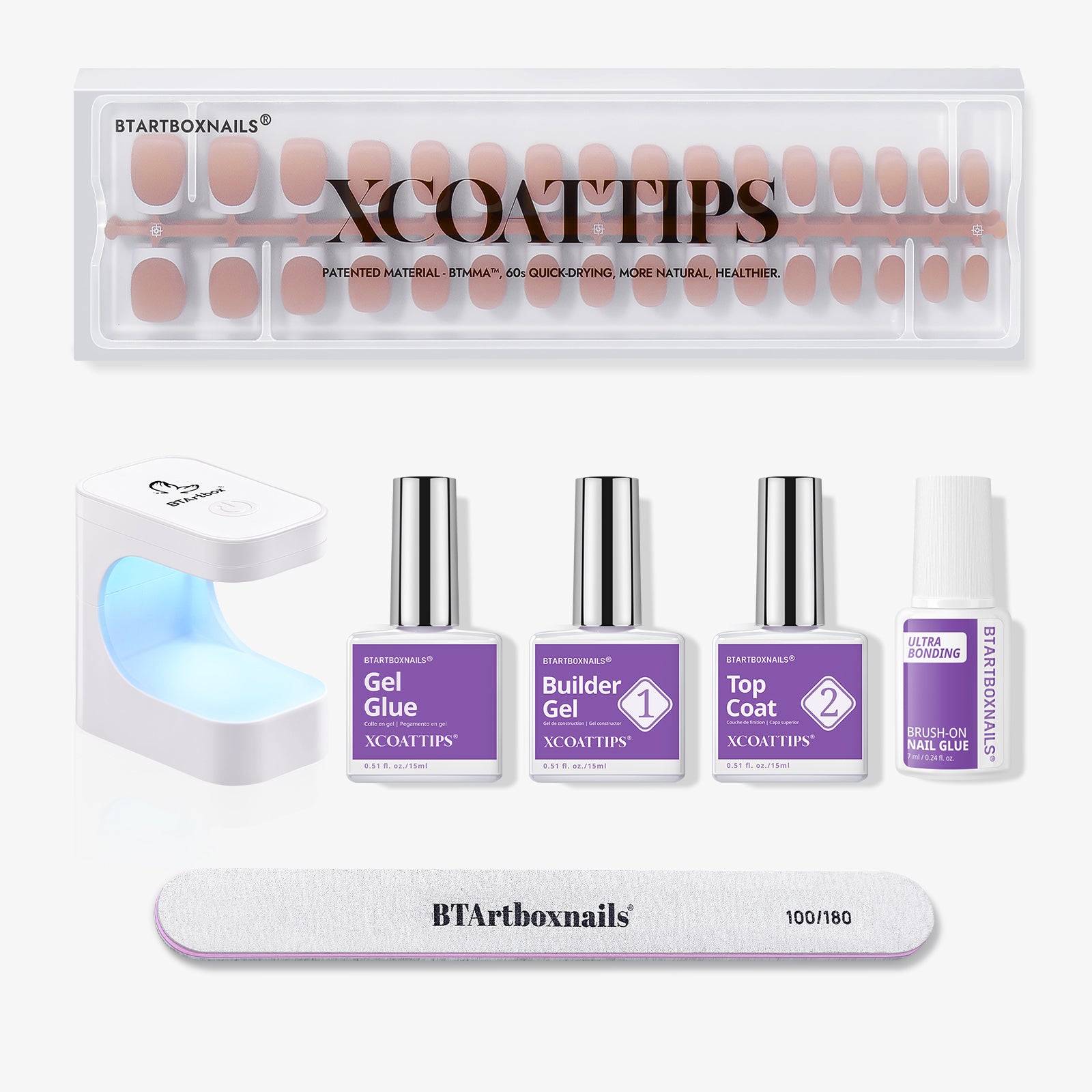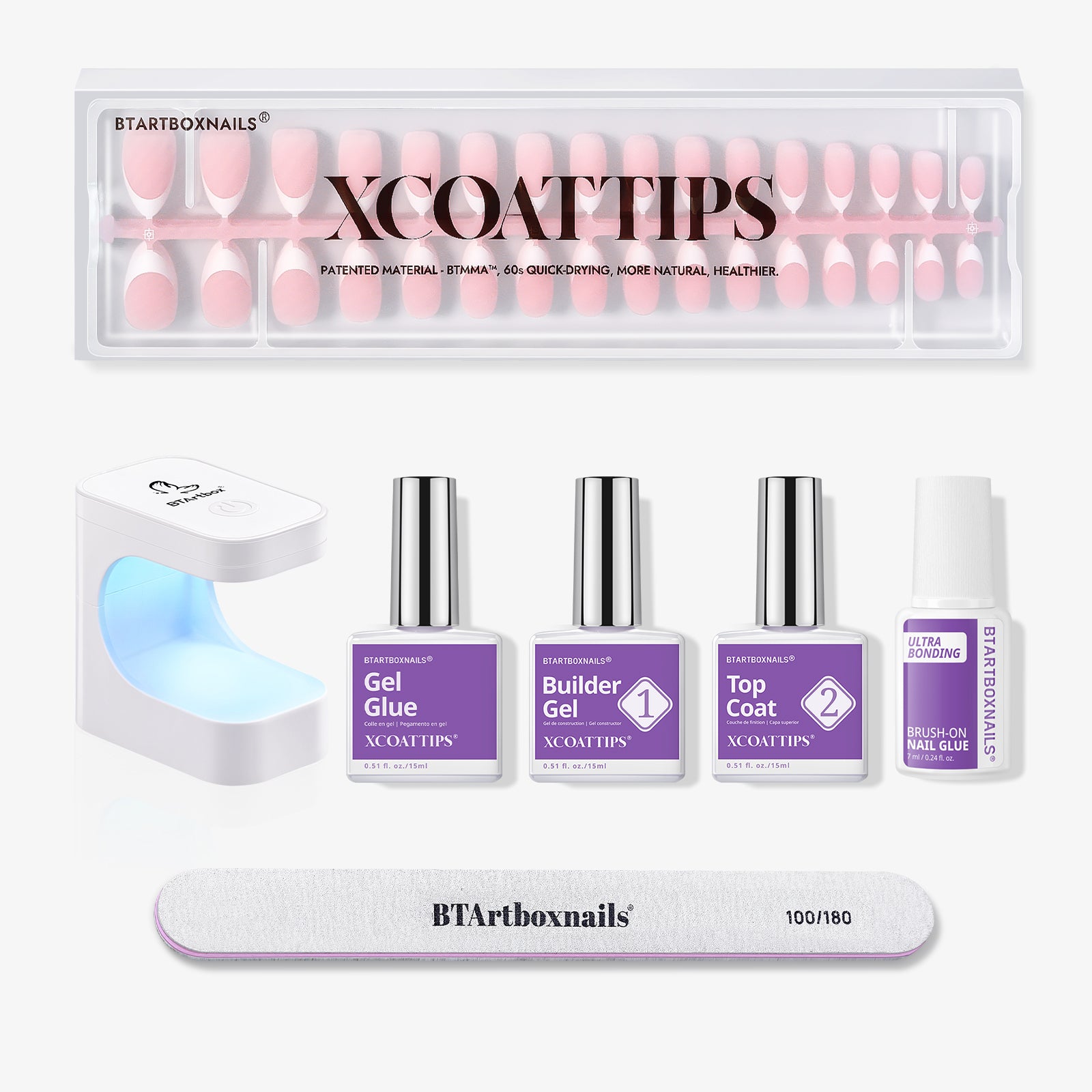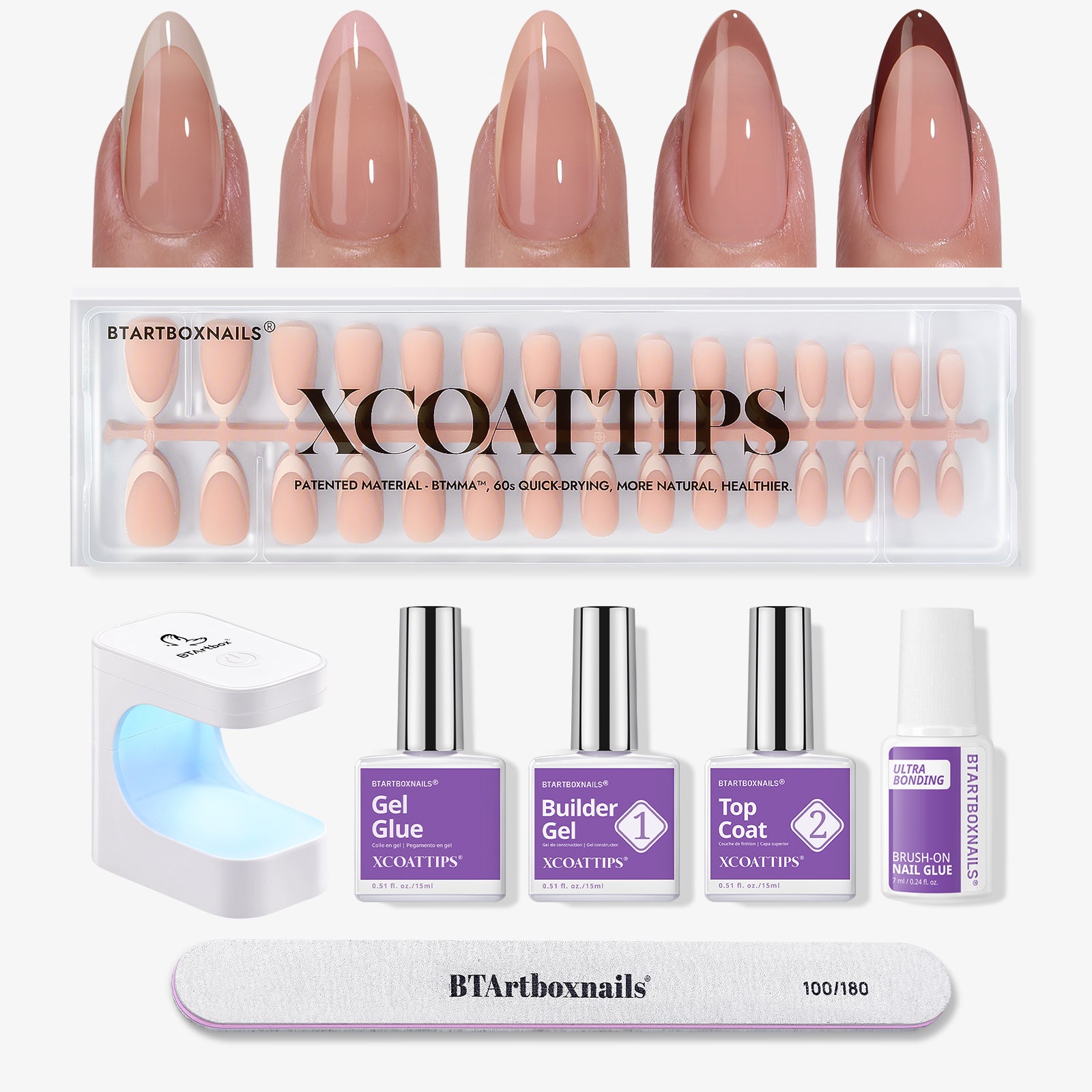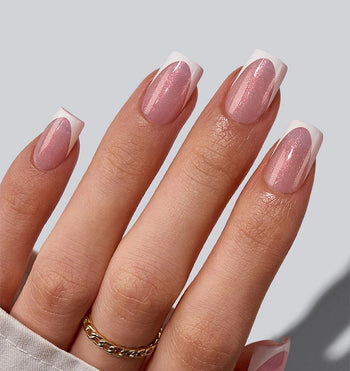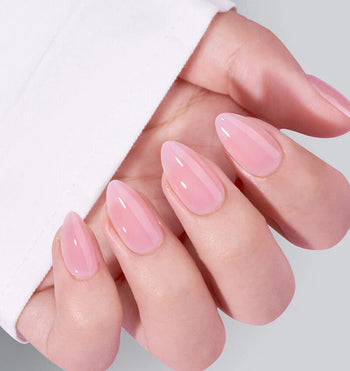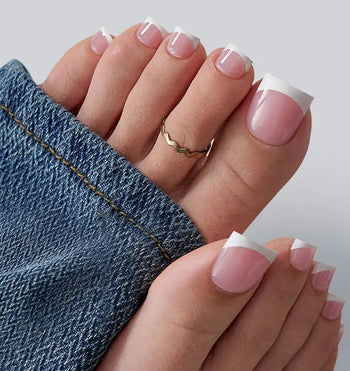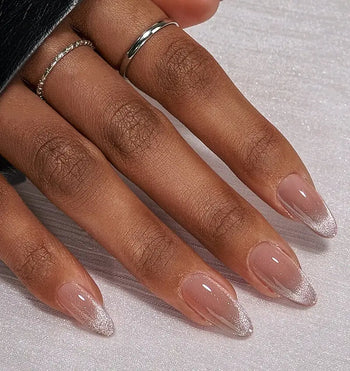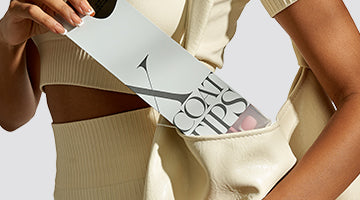WHAT ARE HANGNAILS, AND HOW TO PREVENT THEM
Have you ever been bothered by the edges of your nails that feel like tiny annoying needles? These are Hangnails Girls!
Not only annoying, but hangnails can also be dangerous if you remove them carelessly. So that you can handle hangnails, I will explain to you; what hangnails are, what can cause hangnails, how to remove them without harming the skin, and what preventive measures you should take to avoid encountering this phenomenon.
WHAT EXACTLY ARE HANGNAILS
Despite what the name suggests(hangnail), it is not a nail, and it does not really “hang” either; instead, hangnails are dead skin that often appears on the nail's edge. The size of hangnails is small, but it often makes us disturbed because it often pricks the skin surface.
If you have a hangnail, you should never be tempted to remove it. The best way to deal with hangnails is to trim them, not pluck them. If you pluck them carelessly, your finger will injure and it may become swollen.

WHY DO THEY APPEAR?
Several reasons lead to the appearance of hangnails on our fingers. Those who suffer the most have the habit of biting their nails since the cuticle is constantly exposed to alkaline saliva.
It can also be due to the weather outside. If we are in a very dry environment, our skin can suffer and end up suffering from these hangnails. We should not forget that the skin surrounding the cuticles is very delicate, and if it is not moistened frequently, then it can cause hangnails.
HANGNAIL INFECTION AND OTHER COMPLICATIONS
Many people overlook hangnails and do not even know they have them until they bother them. The discomfort can be mild and caused by friction with clothing. In one of these frictions, the hangnail can be torn off, leaving a small wound that can sting quite a bit.
Even if the hangnail leaves a small wound, the chances of infection exist. There are many nerve endings at the end of the fingers, and a minor infection can cause a lot of pain, which is why it is common for infected hangnails to hurt.
A red color characterizes a hangnail infection in the area near the nail. It is necessary to go to the doctor and use antibiotic creams in some cases. In severe cases, you may even need oral antibiotic treatment.

HOW TO PREVENT HANGNAILS?
- The prevention is to keep the skin moist around the fingers well and apply moisturizer. Do not forget to drink enough water and take vitamin E if necessary.
- In dry environments, the use of humidifiers can help a lot.
- When the cause of hangnails is not dryness but nail-biting, using a moisturizer will not help in prevention.
You need to stop biting your nails. Nail-biting is a mania that is difficult to avoid for many people. A common remedy to prevent nail-biting is to use press-on nails on your natural nails.
Using an artificial nail on top of your natural nail will make it more difficult for you to bite your natural nail.

WHERE TO BUY PRESS-ON NAILS?
In my opinion, you can find good options for press-on nails at BTArtbox. BTArtbox is my favorite brand for buying press-on nails. They have a huge collection of press-on nails with flawless designs. Their press-on nails are also perfect for women who tend to bite their nails, as they do not break the chip easily. Thus, they will help you get rid of your nail-biting habit and prevent hangnails.
Here are some of the options for press-on nails of BTArtbox;



WHY DO WE HAVE TO BE SO METICULOUS WITH HANGNAILS?
Because the hangnail usually sticks out at the end near the nail, and there are lots of nerves and blood vessels in that area. There will be inflammation and swelling if you just pull it out carelessly.
HOW CAN YOU REMOVE HANGNAILS?
- Clean the hangnail area with warm, soapy water. You can use any body gel you have at home, but I advise you to use a neutral one to avoid skin problems.
- Next, trim the piece of raised skin with appropriate scissors. Before starting, wash the scissors with soap and water or disinfect them with cotton and dry them well. Try to get the cut as close to the finger as possible, but without forcing it. Some people prefer to previously introduce the finger to hot water to soften the skin.
- Put antibiotic cream on the sore hangnail. If there is a wound, make sure that you can apply the cream on a new skin or if, on the contrary, you need to heal the wound first.
- If you notice that the area is red, swollen, or hot, there is an infection. In this case, consult your doctor. He will recommend another type of treatment with which you can control the infection.
Beauty professionals can do a good job of removing hangnails, and their treatments are usually not expensive. Thus it is a recommended option for those who do not feel very confident about doing it themselves.



CONCLUSION
Hangnails are common, but nobody wants to deal with them. They are one of the most tragic parts of nail maintenance, but luckily, they are easily avoidable. As long as you follow our above-mentioned tips for healthy nails and cuticles, you will not face the problem of hangnails.
